This story is part of a series designed to introduce the perspectives of alumni from the The Nature Conservancy and National Geographic Society’s global youth externship program. Each guest author is an emerging leader in conservation and storytelling.

The morning air feels cold along the river’s edge as I watch the fish in front of me jump for insects. Whilst I wait in my spot amongst willows and nettles, a flash of blue makes me gasp. A kingfisher; stunning, but not the creature that pulled me out of my bed before dawn.
At last, a small furry head emerges from the water, gliding along the surface towards a low branch by the riverbank. Opposable pinkies grasp the branch, iron-orange teeth begin chewing, and a wide tail comes into view. After two months of researching these animals, this is my first time seeing Eurasian beavers in the wild in the United Kingdom.
The History of Beavers in Britain
Before I moved to the U.K., I thought beavers were an iconic large rodent from America. I had no idea that there was an entirely separate species native to the U.K. and Europe. Beavers once inhabited various regions in Europe and Northern Asia, however, numbers started declining due to overhunting for their meat, fur, and castoreum, a secretion from beaver glands that was used in perfumes and medicines.
Around the 1600s, beavers were hunted to extinction in Britain. By the 1900s, only eight populations totalling 1,200 individuals were left across Europe. In the 1920s, beaver reintroduction efforts were initiated, leading to the resurgence of approximately 1.5 million Eurasian beavers across 28 countries.
Become An Extern
Join hundreds of global youth who are connecting with the National Geographic Society and The Nature Conservancy.
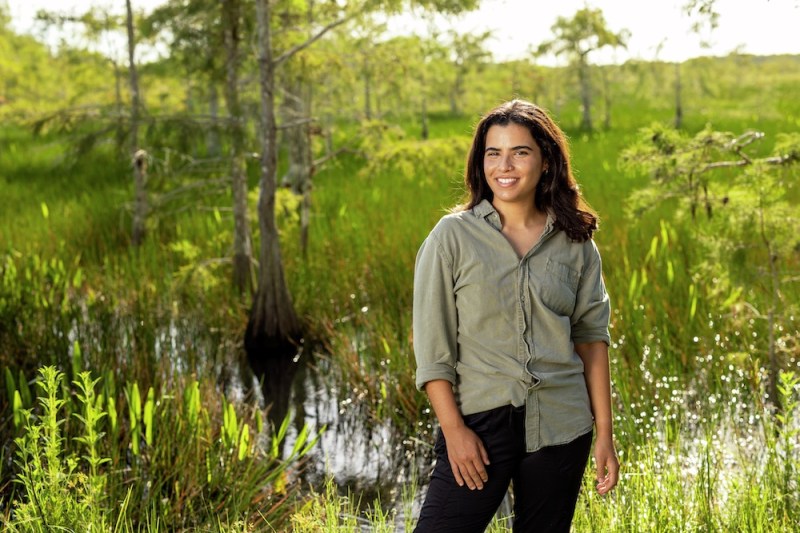
The first official U.K. beaver reintroduction occurred in 2002 in Kent, south-east of London. Eurasian beavers were introduced to an enclosed area within a nature reserve, to serve as more cost-effective landscape managers than humans. Approximately 400 beavers now reside in England, with over 25 enclosed beaver projects housing them. However, not all English beavers live in enclosures.
I watch as the beaver dives back underneath the water. This animal is one of the only beavers allowed to roam the country freely. I follow the ripples, hiding my face and pushing against nettles, until I spot a big brown mound across the river. From my research I recognise the lodge, their home, a local spectacle on the River Otter. Early July is baby beaver season, and sure enough, alongside the body of an adult, a tiny head breaks the surface.
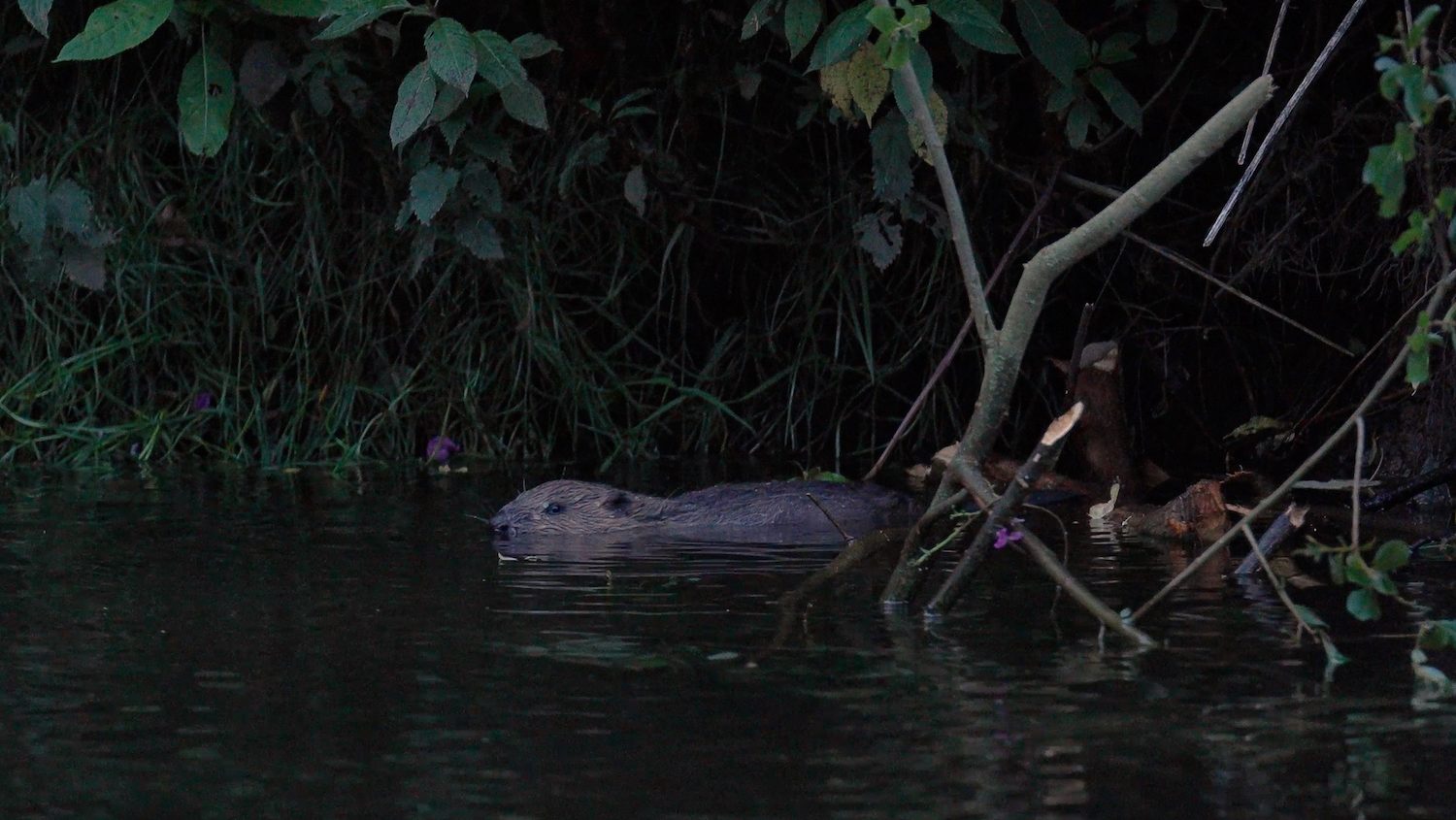
Beavers have been present in Devon’s River Otter since 2008, most likely illegally released with no enclosure. In 2014, evidence of young, also known as beaver kits, prompted the U.K. government to remove the beavers. But after public outcry from local residents and several organisations, the government enacted a five-year trial to study the wild beaver’s impacts on the river in Devon.
The trial ended in success, allowing the beavers to remain, and soon English beavers joined the European Protected Species List. This was the start of the potential for beavers to be brought back to England for good. It was the evidence that proved not only were beavers beneficial in enclosed projects to aid nature reserve management, but that they could benefit us and coexist alongside us in the wild.
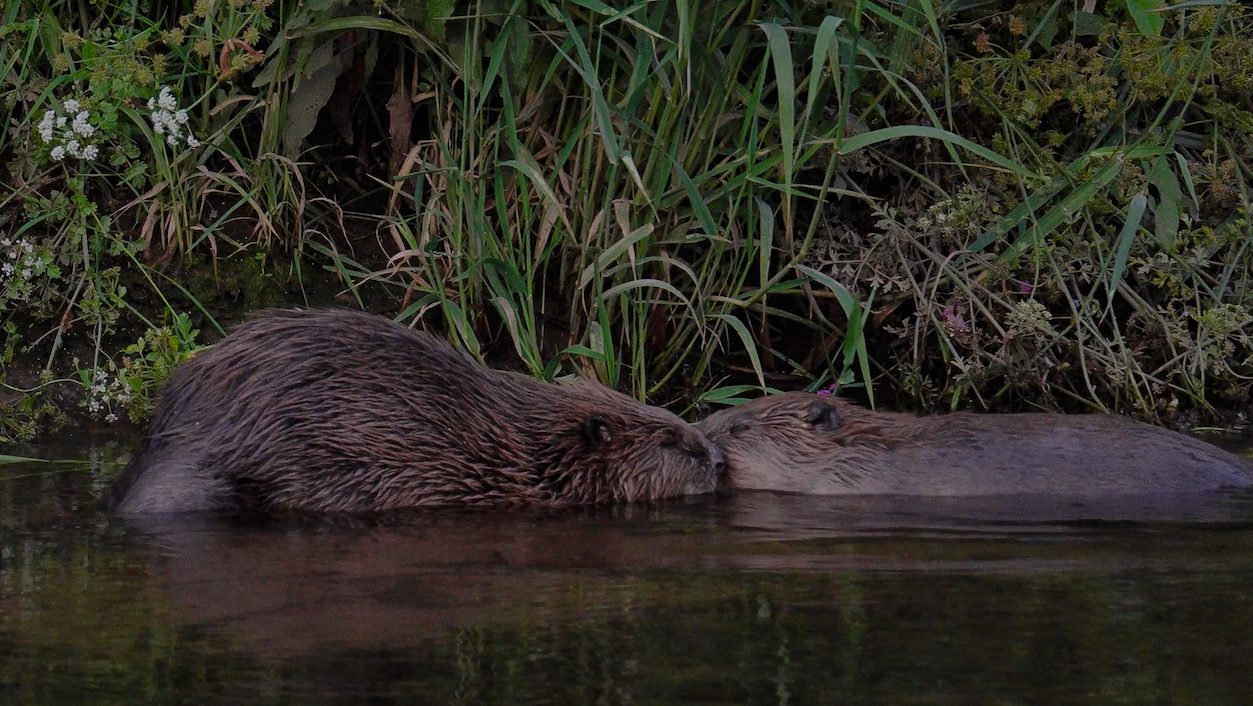
How Beavers Can Benefit Us
With the beaver kit back underwater, I walk towards a few people searching the river. Not just anyone will go on a stroll at 4 o’clock in the morning. I smile as they ask which direction the beavers had headed on the river.
My interest in beavers started when I came to Nottingham for university. I saw the local news announce that Nottinghamshire Wildlife Trust reintroduced eight beavers into a 58-hectare enclosure within the Idle Valley Nature Reserve. Being a wildlife enthusiast, I looked into U.K. beaver reintroductions and discovered their potential to help with recent flooding events in Nottingham. Luckily, an externship with The Nature Conservancy and National Geographic allowed me the opportunity to explore this rewilding solution further.
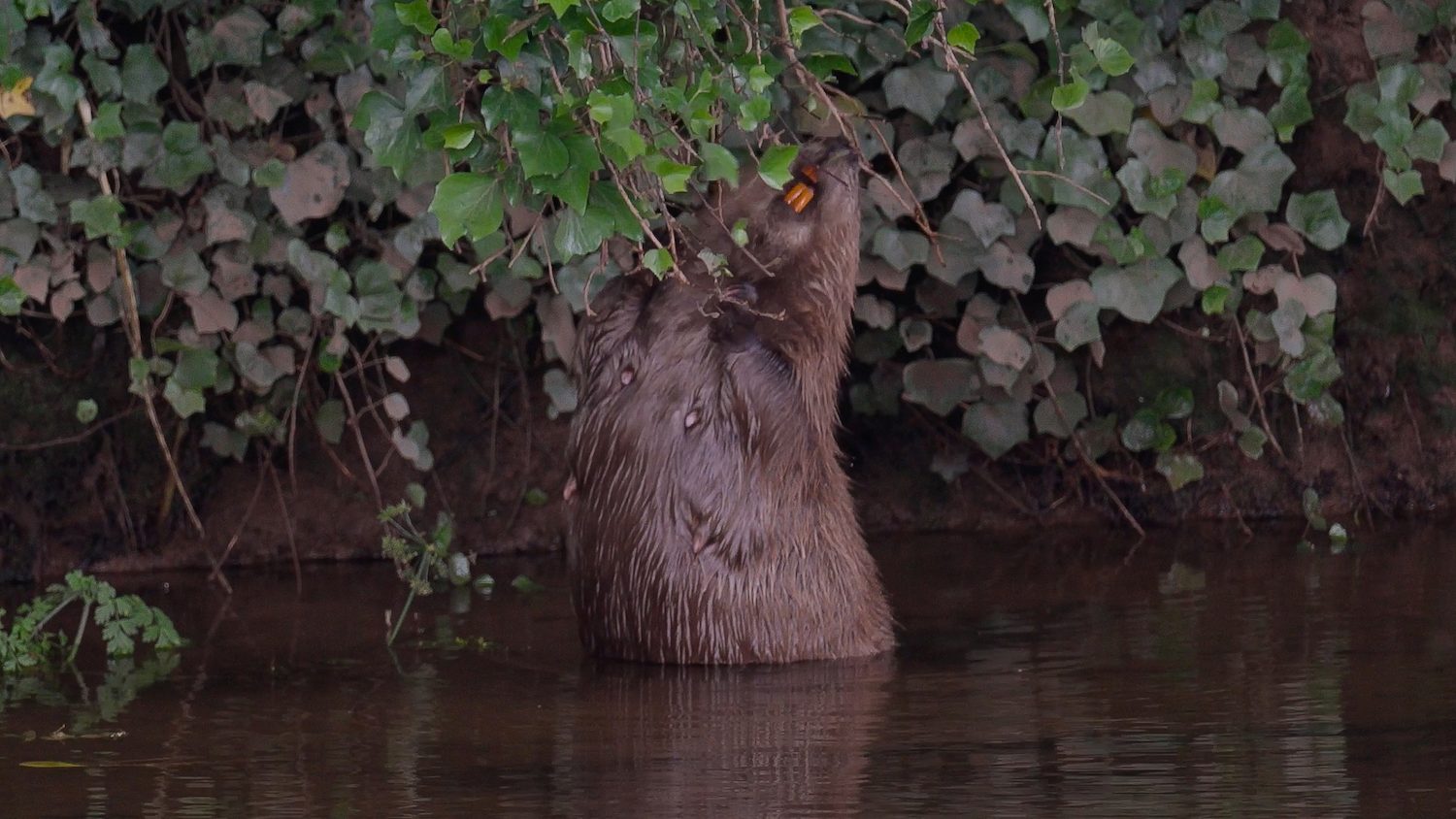
As ecosystem engineers, beavers can completely reshape the landscape around them, creating and regulating new habitats and resources for other species, including humans. Not only can beavers help with flooding events, they can also reduce drought and carbon levels, increase biodiversity, enhance river and human health, and benefit the economy.
Humans have altered rivers for industrial purposes, causing rapid flow rates and disconnecting rivers from their floodplains to suit our needs. Beavers create new channels and wetlands as they forage and build dams, slowing the release of water after heavy rainfall and increasing time for water absorption within the ground. By reconnecting floodplains and restoring natural bends and tributaries, beavers reduce peak flow downstream, mitigating flood risks in local communities.
Their creation of wetlands also decreases drought risks and helps with carbon storage, storing up to 5 times more carbon compared to dry habitats. Increasing wetlands also increases biodiversity, with beaver wetlands housing 50% more species than wetlands not created by beavers.
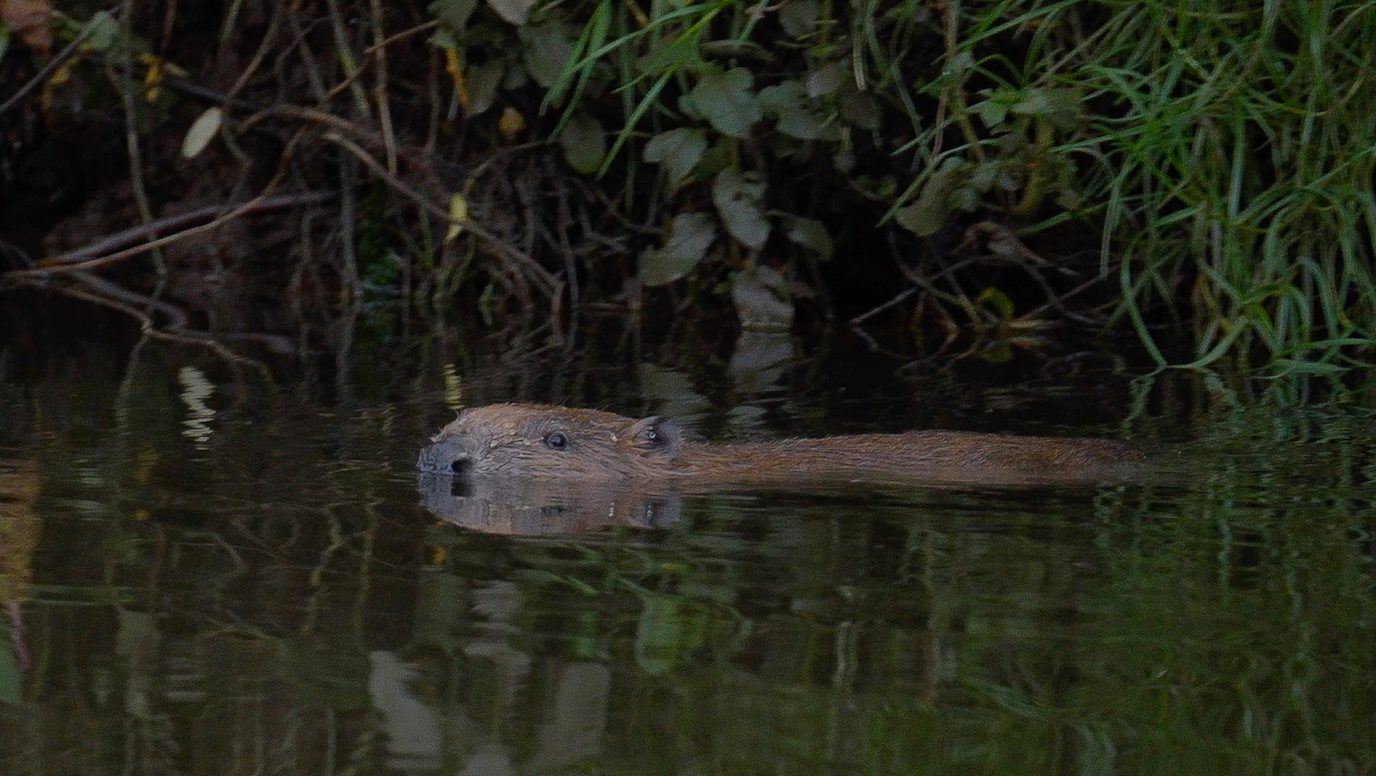
Beavers are a keystone species, significantly impacting their environment and the species within it. They remove scrub and canopy cover by grazing aquatic vegetation and felling trees, allowing more light to reach the water and ground for a more diverse range of plant species to thrive. Their foraging methods create deadwood, a rare micro-habitat that over 2,000 species of invertebrates can inhabit, as well as bats and birds such as owls, woodpeckers, and critically endangered willow tits.
Agricultural runoff can be filtered through beaver dams, reducing sediment pollution and preventing travel through the watercourse towards seas. Improved water quality enhances environmental and human health, potentially saving costs in water quality management.
With all these benefits, reintroducing beavers has been suggested to have economic benefits approximately 100 times greater than their costs. Beavers can also generate further income through eco-tourism. For example, one beaver visitor centre could benefit the local economy by £750,000 to 2 million per year.
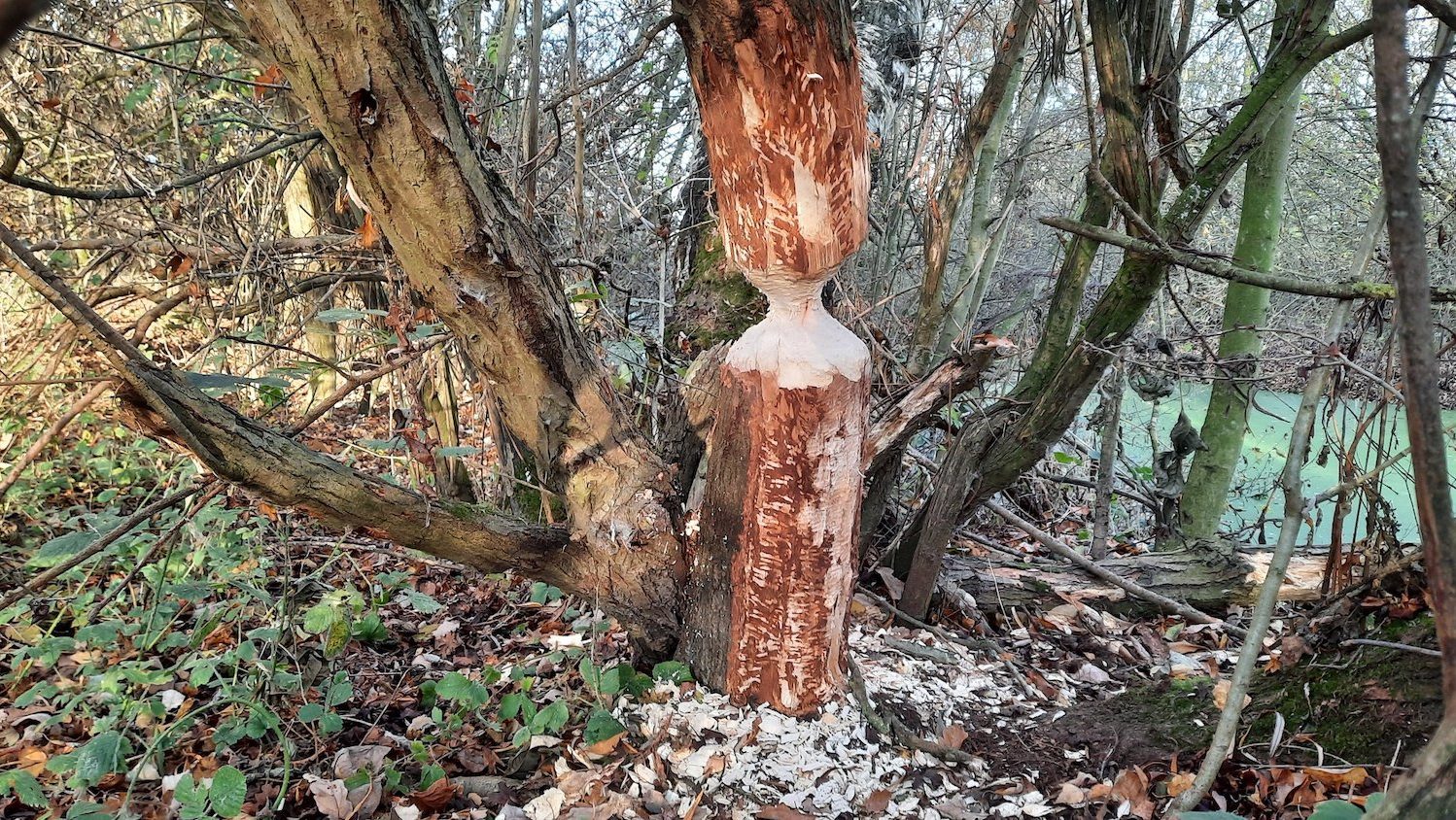
The Hope for Wild Release
So why aren’t they in our waters already? Success from the five-year wild beaver trial in Scotland led to the translocation of beavers to expand wild populations, now totalling approximately 1,000 individuals. However, after England’s successful River Otter trial, progress towards permitting wild release has stagnated.
Despite scientific evidence of their fruitfulness, the government’s inaction is due to lack of public awareness. Fears and potential misinformation of human-beaver conflict have been putting pressure against wild release. However, the majority of people in England are unaware of beaver reintroductions, let alone their history as a native species and the range of benefits they could bring.
Awareness is drastically needed to raise support for wild release, and the externship has been pivotal in aiding my science communication efforts. Building on my externship experience, I am currently creating a documentary to raise awareness in Nottingham about U.K. beaver reintroductions and the benefits they can bring to Britain’s future. I hope this film helps garner support for beavers in my local community. I hope they fall in love with them as I have.
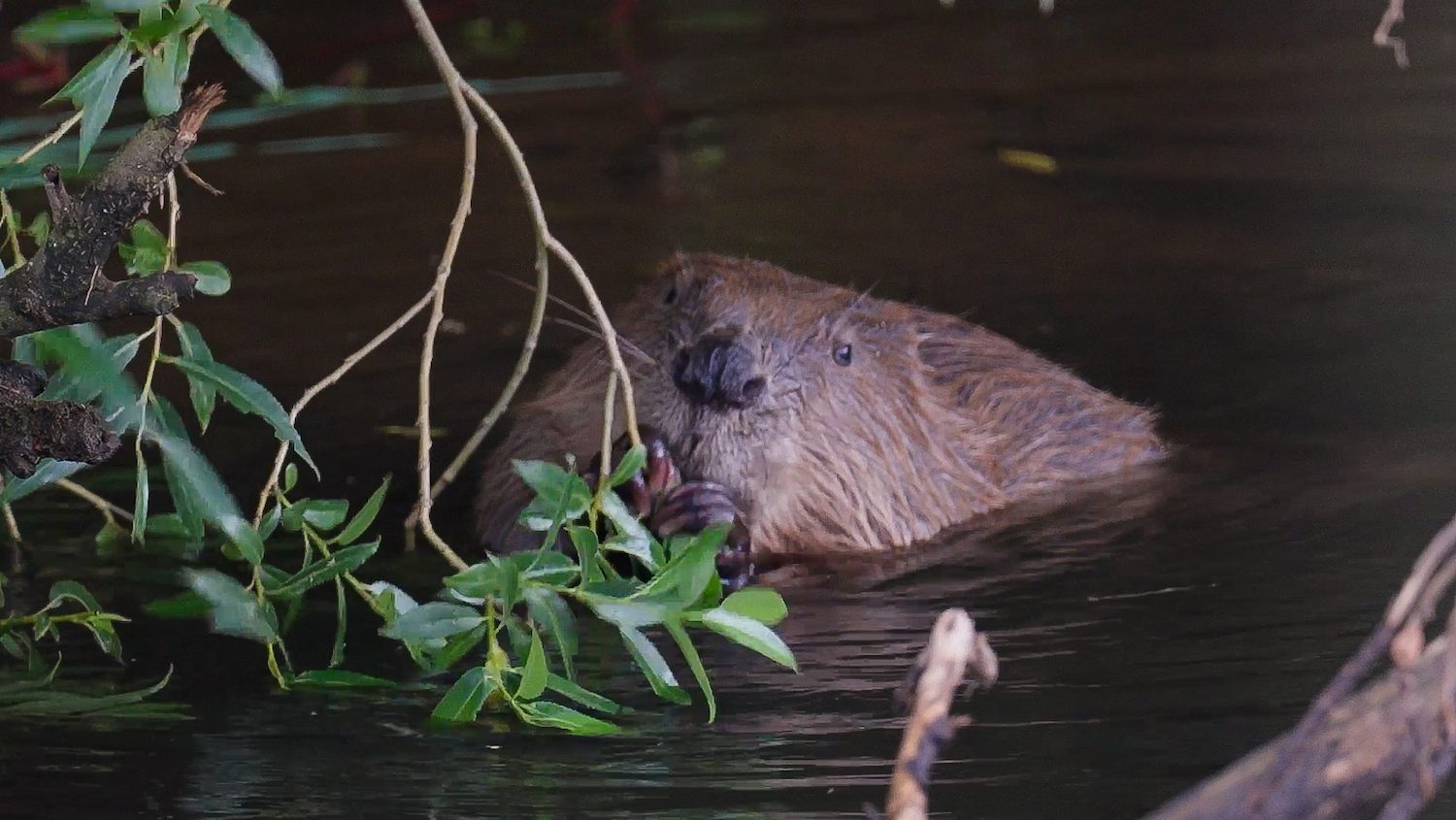
As my responsibilities up north drag me away, I cherish my last day filming the beavers in Devon. I take one last look at the lodge, hoping to catch a glimpse of the beaver kit again. This population is thriving, and with public support, more populations could impart their benefits up north and to the rest of England. Beavers could improve England’s future resilience with the changing climate, and a lost species could return home.
Stifled gasps downstream turn my head to a few people pointing frantically at the river, an adult beaver grooming on the riverbank. I mirror their excitement and adoration, recognising a few of the local walkers from my previous days of filming. The love they hold for their unlikely neighbours gives me hope. Perhaps the rest of England can learn to love beavers as we do. Perhaps they can welcome them home.
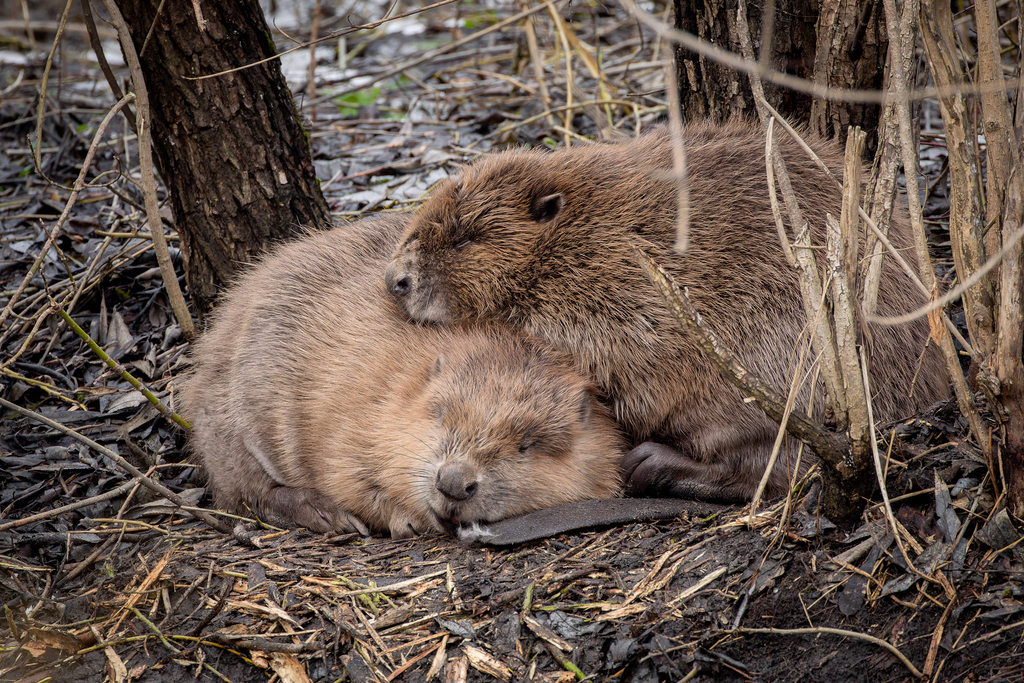



I hope to valaneteer with your foundation